The Legendary 1967 Chevrolet Camaro RS: America’s Iconic Muscle Car
The 1967 Chevrolet Camaro RS is one of the most legendary and iconic American muscle cars ever produced. Introduced in September 1966 as a 1967 model, the first-generation Camaro was GM’s answer to Ford’s immensely successful Mustang pony car. The 1967 Camaro RS, in particular, cemented the Camaro’s status as a muscle car icon with its sleek styling, potent V8 engines, and sophisticated handling.
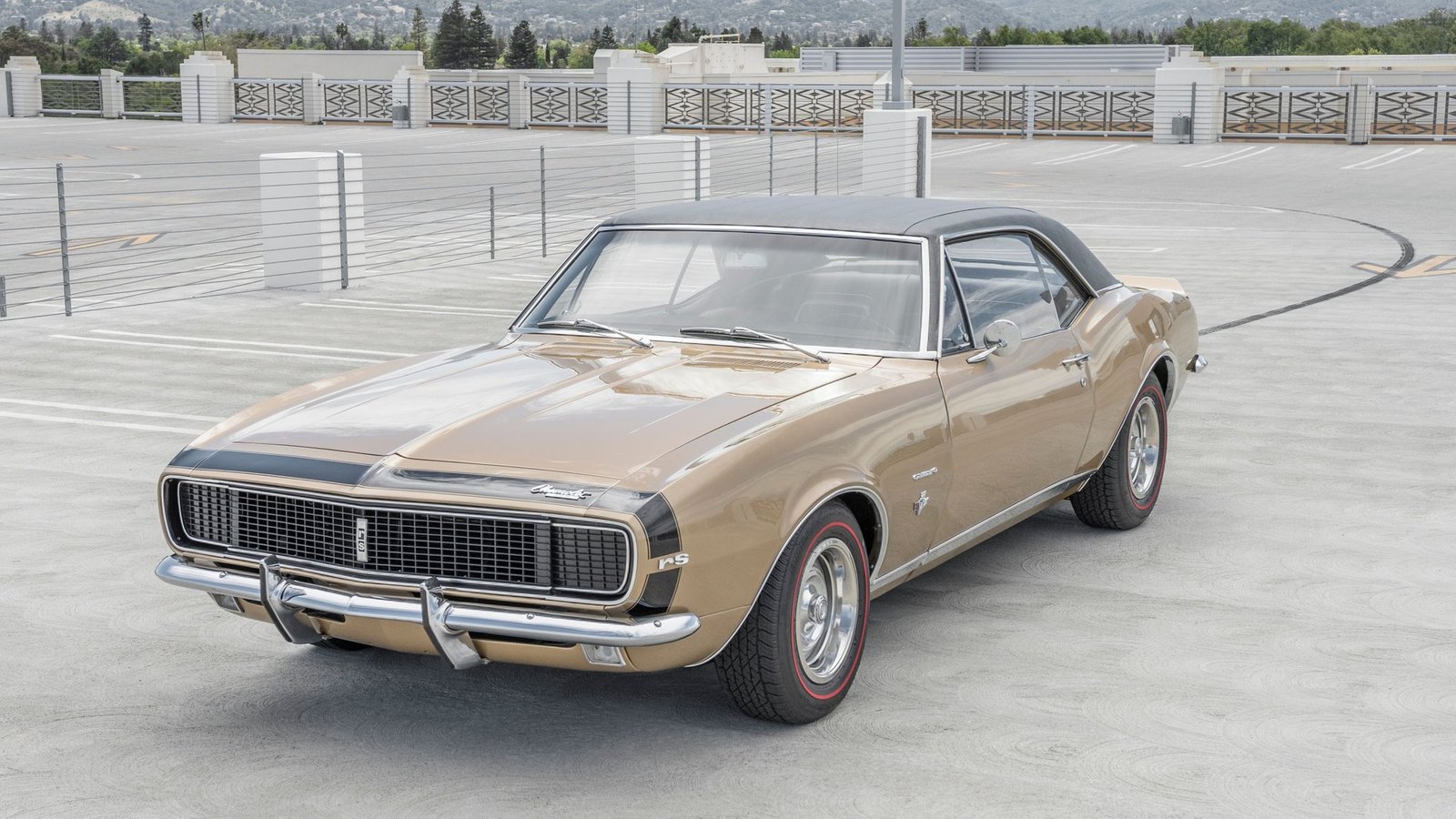
An Overview of the 1967 Camaro RS
The 1967 Camaro RS (Rally Sport) was one of the premium trim packages available for the first year of the Camaro’s production run. Below the top-of-the-line SS (Super Sport) trim, the RS featured unique cosmetic enhancements that set it apart from the base Camaro.
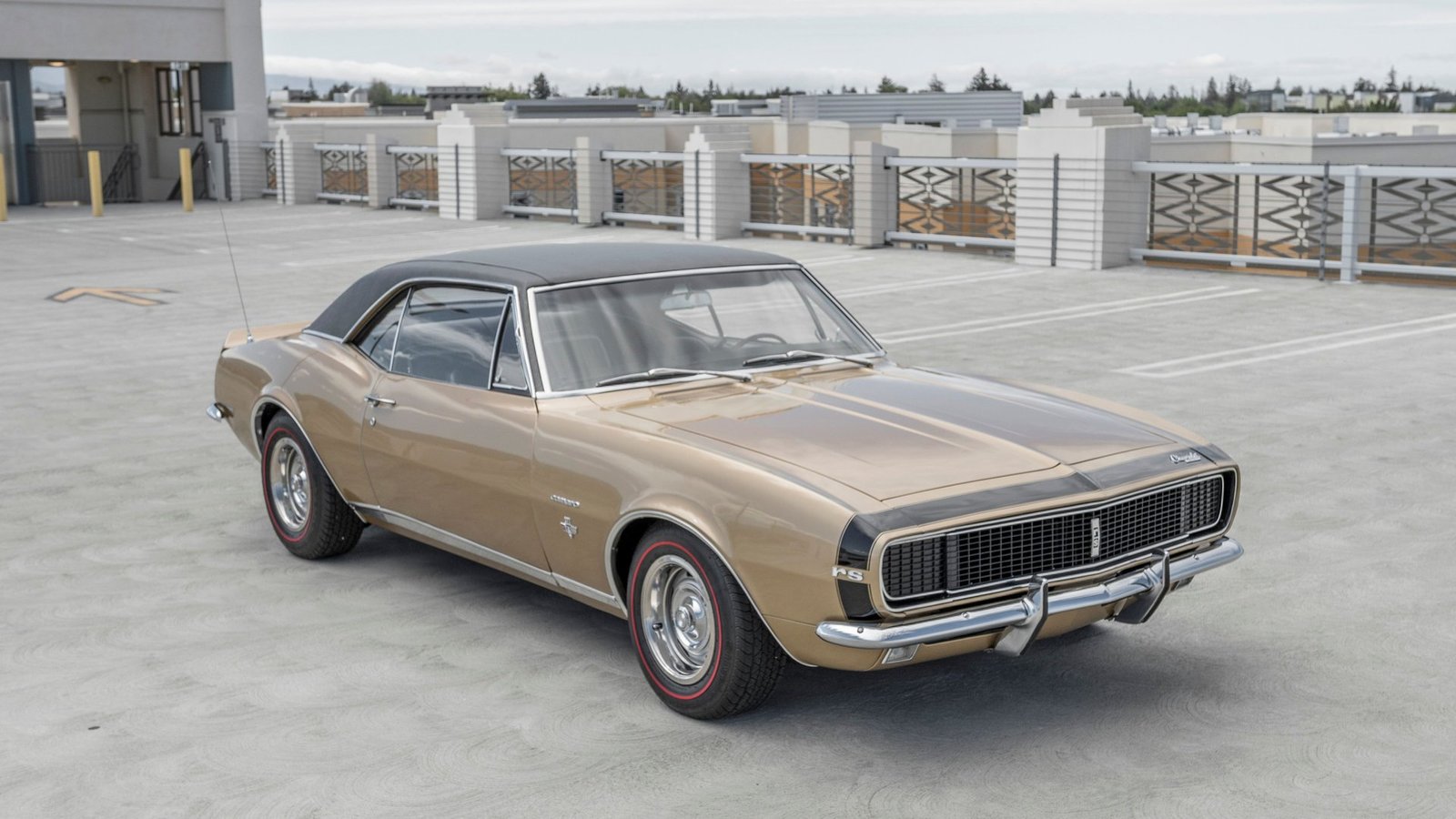
Distinctive Exterior Styling
The most noticeable exterior styling feature of the 1967 Camaro RS was the hidden headlights. The headlights would rotate down when switched on, giving the front end a clean, streamlined look. The RS also came equipped with RS badging on the front fenders, rear trunk lid, and fuel cap.
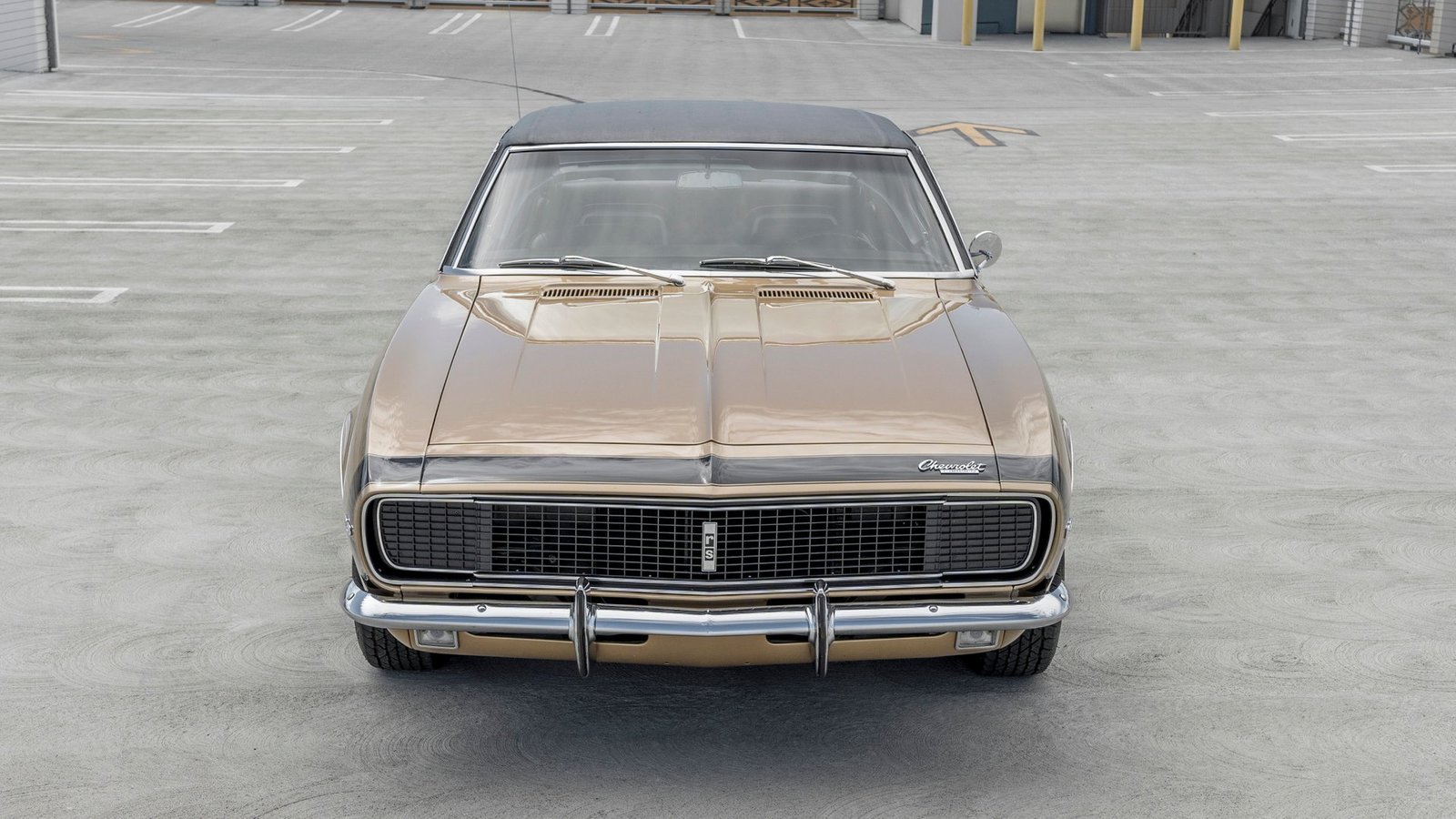
Upgraded Suspension and Brakes
Chevrolet upgraded the suspension and brakes on the RS models to improve handling and stopping power. The front suspension featured stiffer springs and shocks, a larger front anti-roll bar, and frontend suspension links borrowed from the SS. The brakes were power-assisted 11-inch drums for confident braking performance.
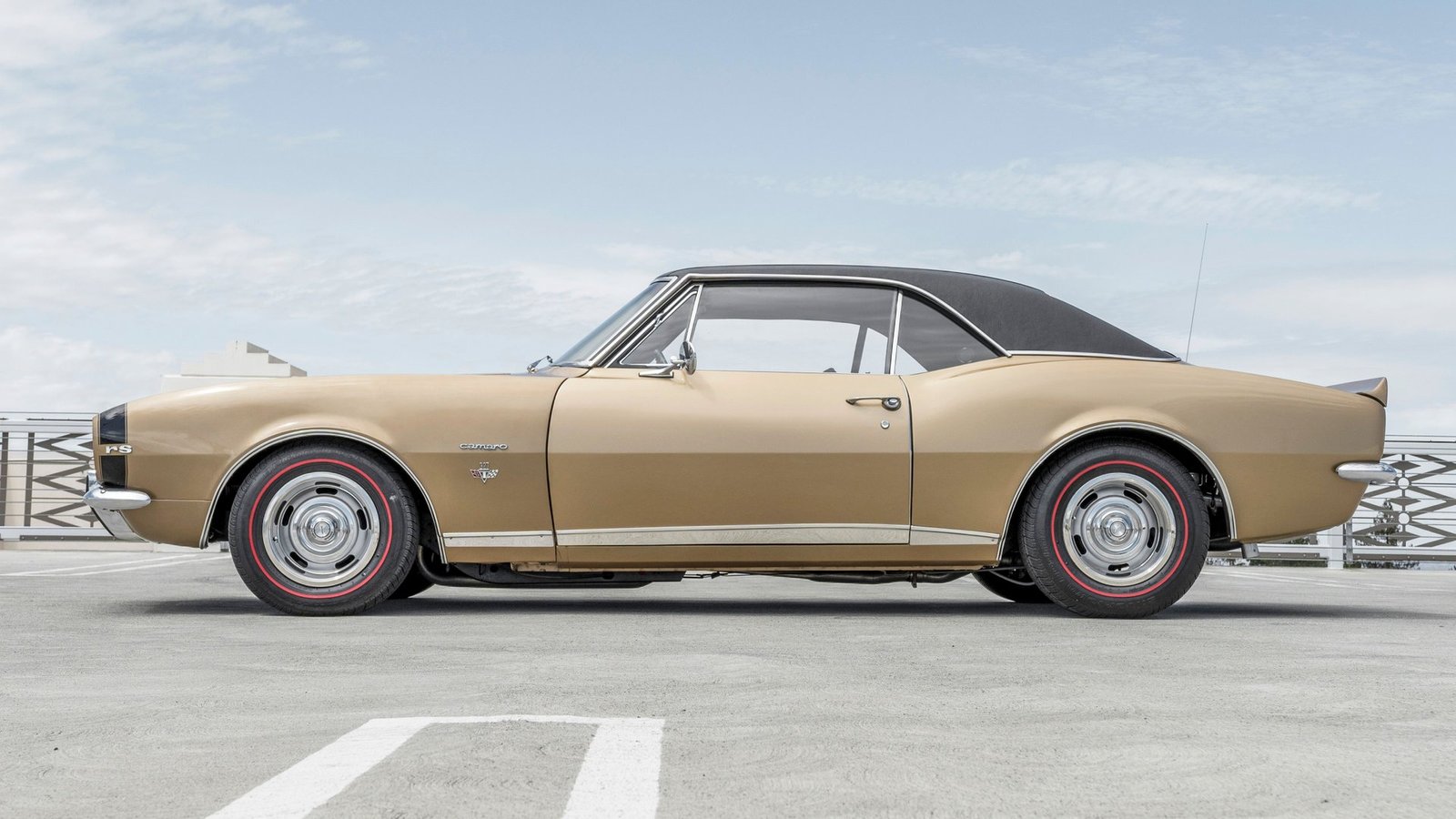
Interior and Comfort Options
Inside, RS Camaros featured a simulated woodgrain trim on the instrument panel and deluxe 3-spoke steering wheel. Buyers could option extra interior niceties like bucket seats, center console, and a 4-gauge auxiliary instrument cluster. Comfort and convenience options included air conditioning, AM/FM radio, and rear window defogger.
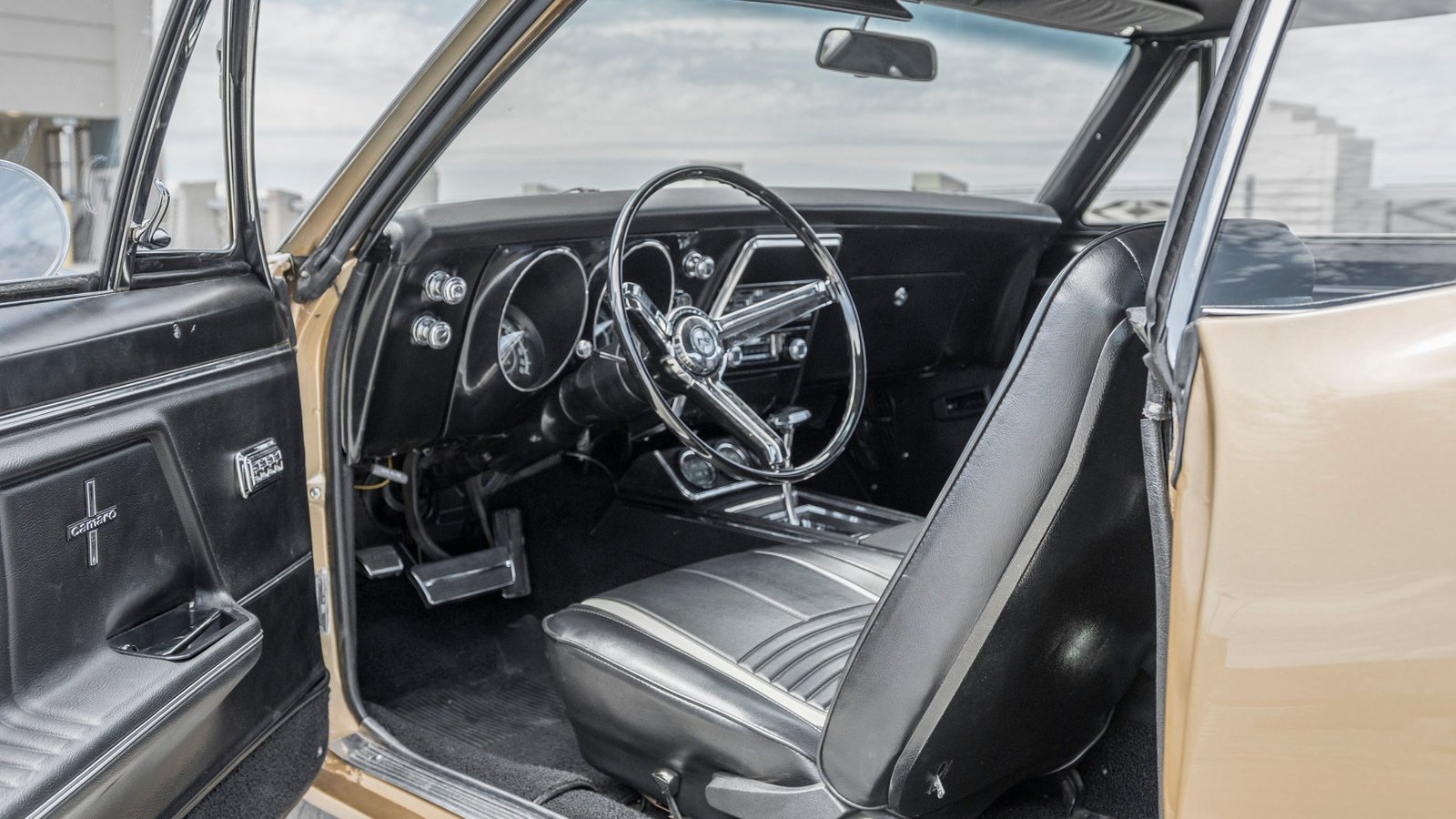
Legendary V8 Performance Engines
A major appeal of the first-generation Camaro was the availability of Chevrolet’s famous small-block V8 engines. Here are some highlights:
- 327 V8 – Ranging from 275 to 350 horsepower, the 327 cubic inch V8 delivered brisk acceleration. Available on RS and SS trims.
- 350 V8 – Introduced mid-1967, the 350 V8 produced 295 or 325 horsepower. More torque than the 327 for strong all-around performance.
- 396 V8 – Reserved for the Camaro SS, the big-block 396 made 325 or 350 horsepower. Off-the-charts performance for its day.
No matter the engine choice, the 1967 Camaro RS delivered excellent rear-wheel-drive power and muscular V8 sounds. Matching the engine to a 4-speed manual or Turbo Hydra-Matic 3-speed automatic transmission resulted in blistering performance.
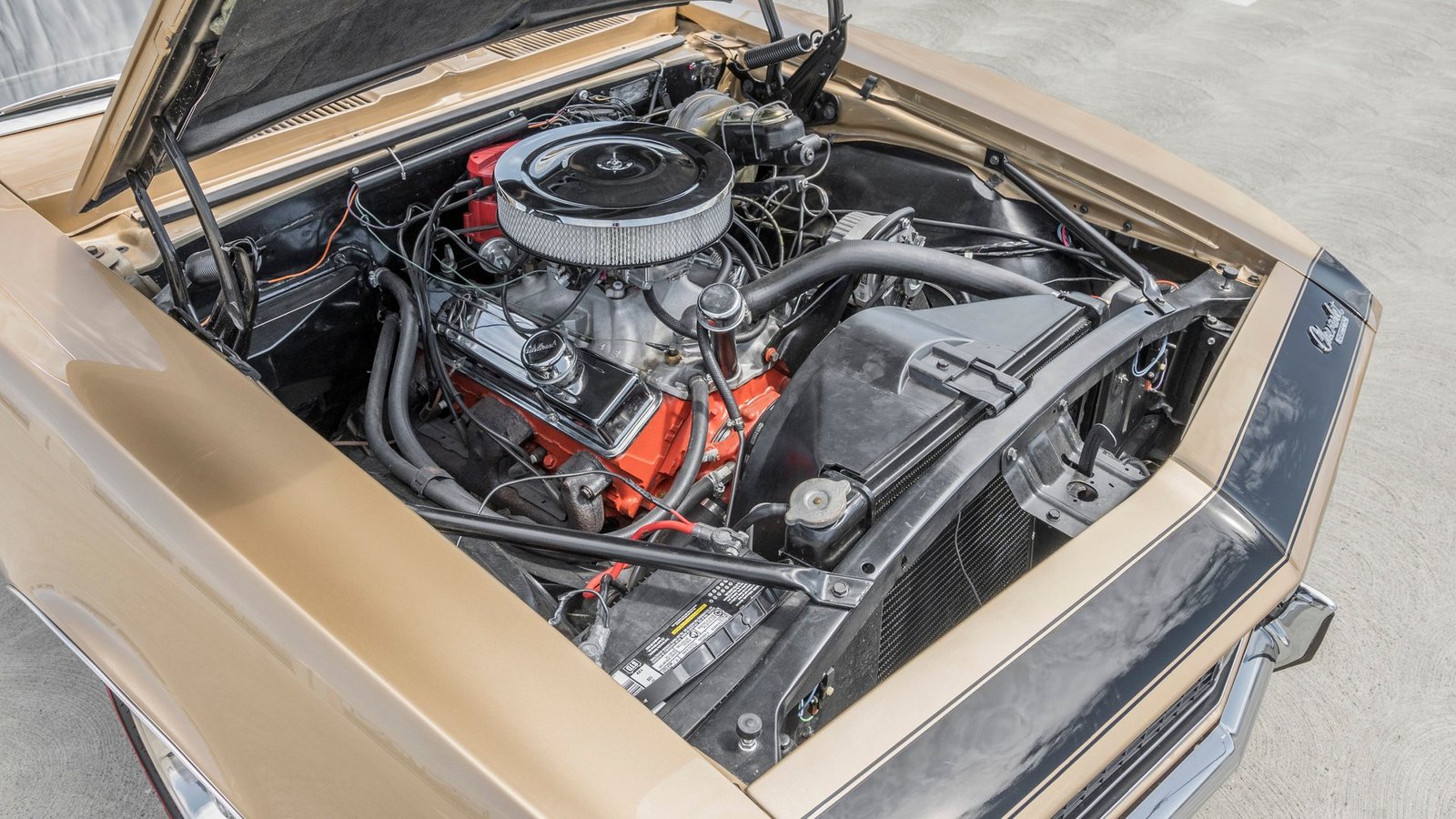
The 1967 Camaro RS in Popular Culture
The 1967-1969 Camaro gained cultural icon status thanks to many high-profile appearances in movies, TV shows, music videos, and more.
- Bumblebee – The sentient yellow Autobot in the Transformers franchise most often turns into a 1967 Camaro.
- Hot Rod Magazine – The August 1967 cover featured a Rally Green 1967 Camaro RS/SS with the headline “Swank New Camaro.”
- Route 66 – The TV show featured a Hugger Orange 1967 Camaro convertible in seasons 2 and 3.
With its classic styling and V8 rumble, the first-generation Camaro RS gained fame both on-screen and off. The 1967 model year started the Camaro’s rise to stardom.
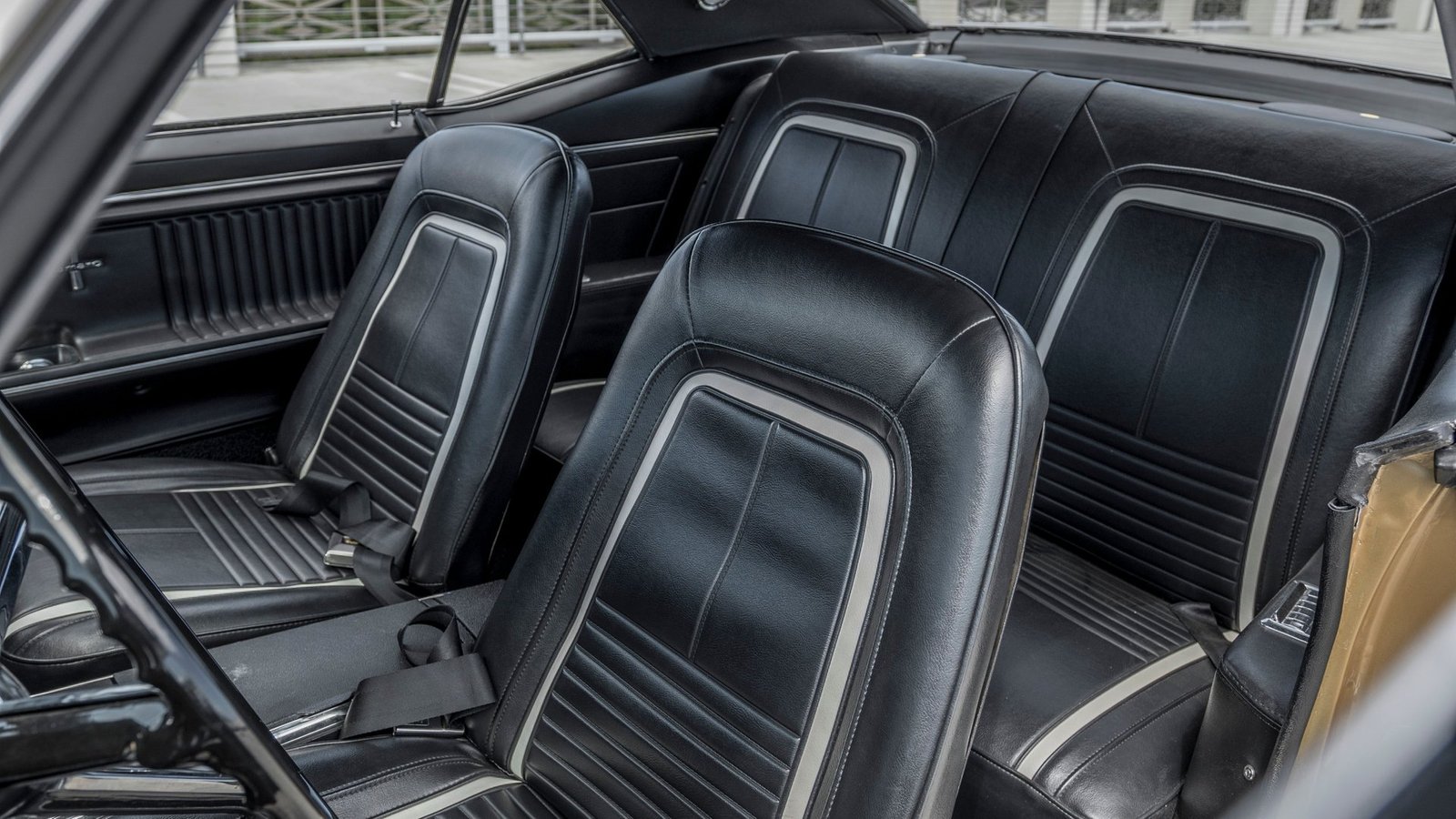
1967 Camaro RS Fun Facts
- The 1967 Camaro’s chassis and unibody were borrowed from the 1968 Chevy II Nova. This saved development costs but also limited the Camaro’s potential for larger engines.
- Camaros were built at two different General Motors assembly plants – Norwood, Ohio and Van Nuys, California.
- The RS package was a $158 option over the base Camaro coupe’s $2,500 sticker price. It proved very popular, with over 64,000 RS Camaros sold in 1967.
- A Penske/Donohue Sunoco 1967 Camaro won the 1968 Trans-Am championship, helping cement the Camaro’s performance reputation.
- Only 602 Camaro RS/SS convertibles were built for 1967. This low production makes them extremely collectible today.
1967 Camaro RS Buying Tips
For classic Camaro fans, buying a 1967 RS is an alluring proposition. Here are some tips for prospective buyers:
- Documentation – Look for copy of the original order sheet, factory build codes, and title history. Proper documentation helps prove authenticity.
- Matching numbers – Having the original VIN, engine block stamping, and transmission codes match is ideal for both provenance and value.
- Rust inspection – Check the floors, quarter panels, cowl, and trunk for rust damage. Repairs can get costly.
- Mechanical condition – Ensure the engine, transmission, suspension, steering, and brakes are in good operating order or budget for repairs.
- Exterior flaws – Look for accident damage and poor quality previous paintwork. Bad bodywork devalues the car.
Owning this golden-era muscle car icon requires commitment. But for diehard enthusiasts, the 1967 Camaro RS represents one of Detroit’s finest performance machines.
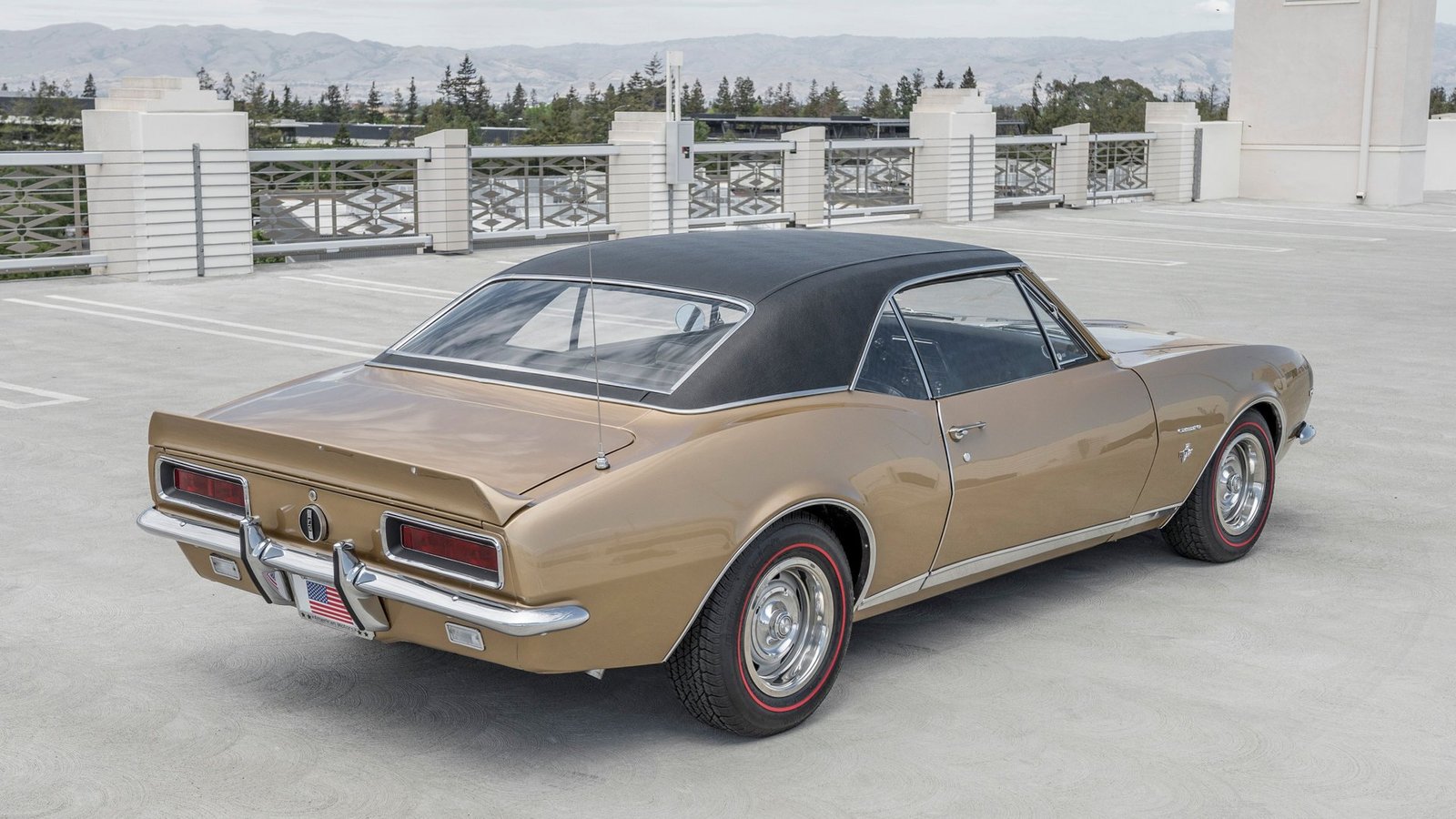
Frequently Asked Questions About the 1967 Camaro RS
How many 1967 Camaro RS cars were built?
64,844 Camaro RS models were built for the 1967 model year, making up over 28% of Camaro production. The SS option accounted for another 41,000 units.
What was the curb weight of the 1967 RS?
Curb weight came in around 3,210 pounds. The SS with its bigger 396 V8 tipped the scales at 3,475 pounds.
Did the 1967 Camaro RS feature a VIN decoded drivetrain?
Yes, the 5th and 7th digits of the VIN revealed the engine and transmission equipped. This makes verifying matching numbers simpler.
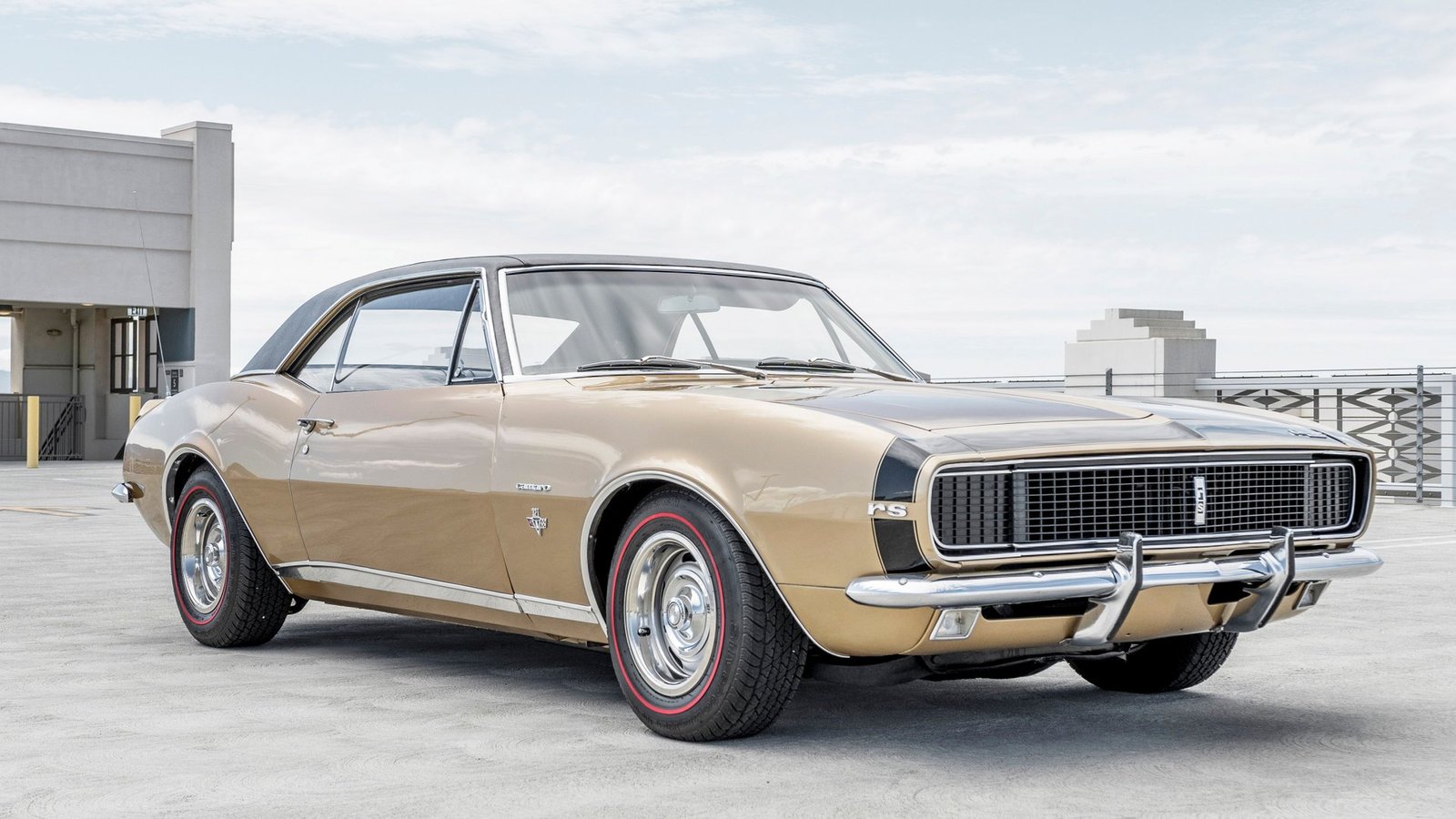
What modern safety features were missing on 1967 models?
Being designed in the mid-1960s, the Camaro lacked safety advances such as anti-lock brakes, airbags, and modern seat belt systems.
How much would a restored 1967 Camaro RS be worth today?
Fully restored factory RS/SS cars in ideal condition can fetch $100,000 and up in the current collectible muscle car market. Well-documented originals bring the highest values.





